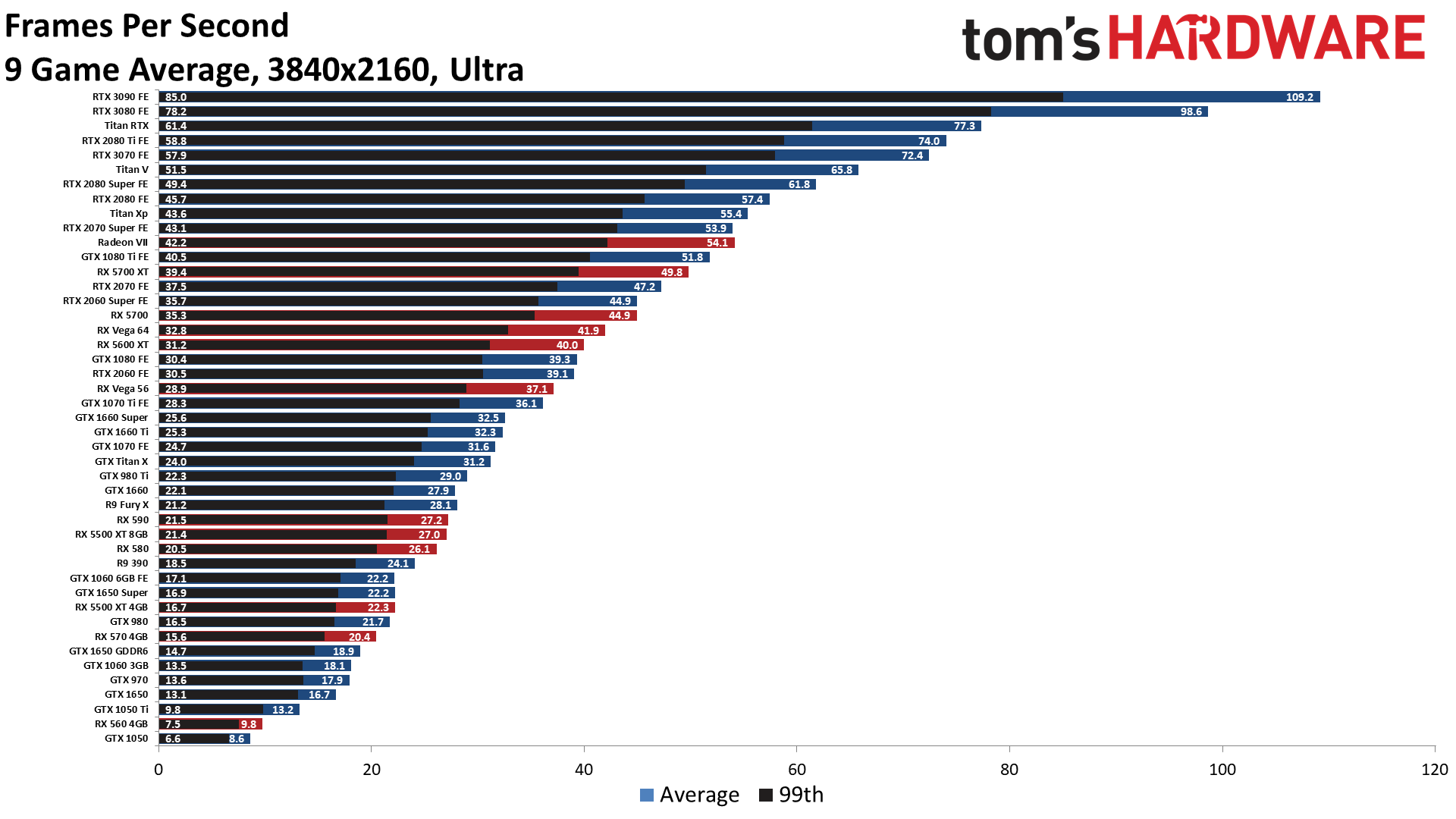

There are several reasons why it’s difficult to name a specific Steam Deck GPU equivalent. This is why cards like the GeForce GTX 1660 can give better performance than the GTX 1060 despite roughly similar clock speed and overall power draw.

Even though specifications may seem lower than expected, its performance relative to power consumed will actually quite high. To make matters even more complicated, the Steam Deck GPU is based on much more power-efficient architecture than other comparable video cards in its performance class. Instead, its GPU pulls memory from the shared pool as needed. Of course, that makes comparisons even more challenging, since desktop video cards typically run on a distinct pool of GDDR memory. Not only is this memory optimized for mobile hardware, its four channels provide a huge amount of bandwidth to the APU. The hardware includes 16GB of four-channel LPDDR5 RAM, the latest flavor of Low Power Double Data Rate memory. Though its GPU specs may look underwhelming on paper, the Steam Deck’s overall performance will be greatly enhanced by its speedy memory.
Gpu benchmark comparison full#
Unfortunately, that sort of comparison doesn’t tell the full story. However, the GPU’s maximum throughput of around 1.6 teraflops makes it loosely equivalent in power to an Nvidia GTX 1050 or GTX 950. The Steam Deck GPU is based on hardware that is difficult to compare to typical PC video cards.


 0 kommentar(er)
0 kommentar(er)
